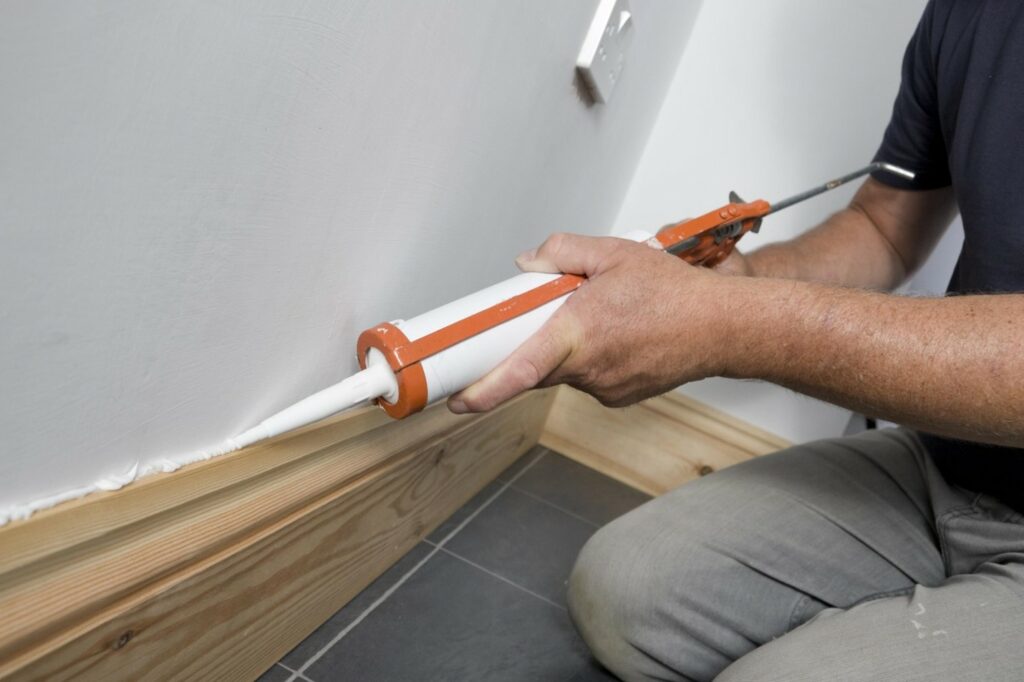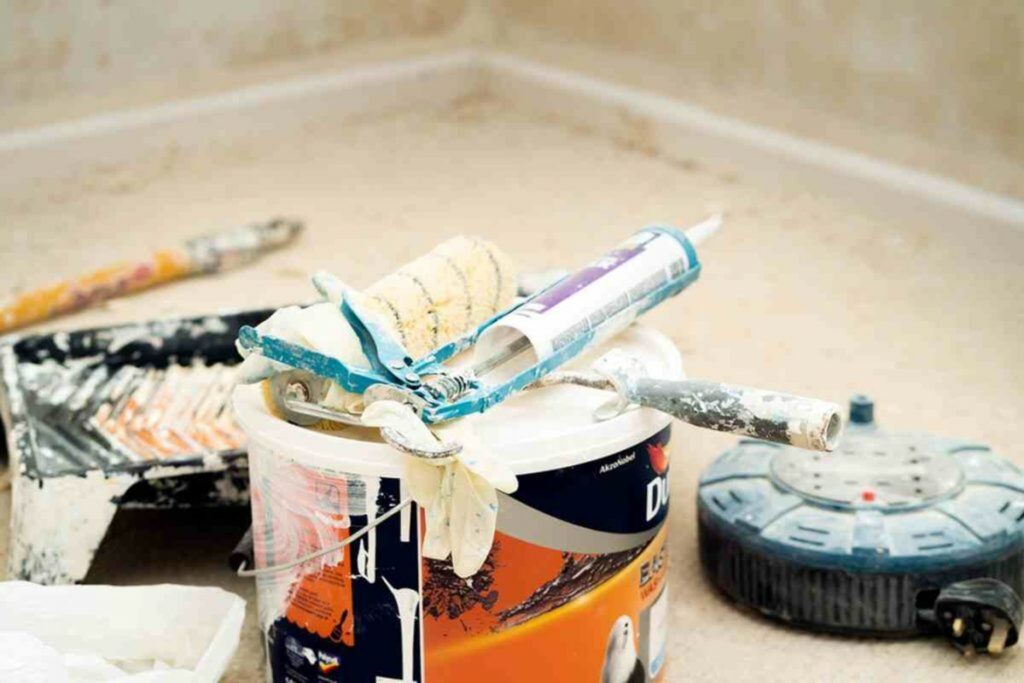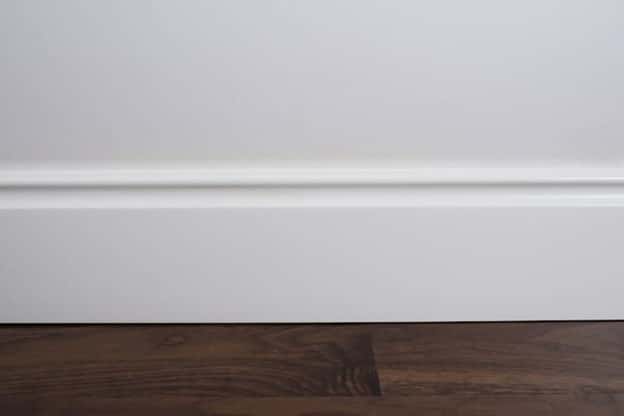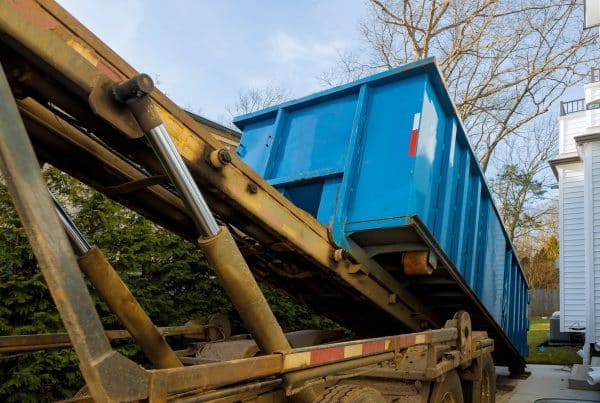Baseboards can be a difficult task to complete. People often have questions about why they need to be caulked, why the caulk is so important, and what type of caulk should be used.
This blog post will answer some frequently asked questions about caulking baseboards and other home projects.
We hope you find these answers helpful!
What Are Baseboards, And What Is Their Purpose in A Home?
In a home, baseboards are the boards that cover the joints where walls meet floors. They can be made of wood or other materials and services to protect wall surfaces from damage by furniture and add decorative detail in some cases.
Baseboards are one of the few things people see when they walk into a room. They often cover up seams and inconsistencies in flooring so that everything looks neat and tidy.
Baseboards come in many different styles: there are traditional styles for those who want something classic and timeless, or modern styles for those who want something more contemporary. And, of course, some baseboards come in any style imaginable!
What Is Caulking, And Why Do You Need It on Baseboards?
Caulking is a flexible, durable sealant that creates an airtight barrier to stop drafts and moisture from getting in. Caulk can also be used to fill gaps between the wallboard joints or cracks in the drywall as well as sealing up holes around plumbing pipes.
For baseboards, you need a caulk at the end of each board to ensure a tight seal. You should also look for any gaps in the baseboards and fill them with caulk as well.
For new construction, it is recommended that you use acrylic latex caulking instead of silicone because although silicone will last longer than latex, it can cause stains on light-colored carpets or wall surfaces when it becomes worn.
How to Prepare Working Area for Caulking Baseboard
Make sure to vacuum and clean the area where you will be working. Always use a damp rag or towel when cleaning so that dirt does not scratch your work surface. You can also wipe down surfaces with mineral spirits before starting, but this is only necessary if they are heavily tarnished or dirty.
How to Apply Caulk to the Baseboards

Caulk is a lot easier to apply than you might think. First, prepare the area by vacuum or wipe down the surface where you will be working. Next, apply a bead of silicone or latex sealant starting at one end as follows: hold the tube in an upright position about 12-14 inches away from the baseboard. Apply a thin, continuous bead of sealant to the caulk joint with your finger or an applicator tool.
Applying to the Bottom of the Baseboard
When you put the baseboards on, make sure to put caulking on the bottom part of them. This will help keep water from spilling and damaging the wood. Unfortunately, this means that there is space between the bottom of the baseboards and the floor. You can fix this by filling in space with caulking.
Applying to the Top of Baseboards
Caulk is applied at the top of the baseboard to fill in gaps on either side. The caulk is used on the top of the baseboards to give it an elegant look. Sometimes, the baseboards do not touch the wall, and there is a space. That can make caulking hard.
What Types of Caulks Should You Look for?
There are many different types of caulks, but the basic rule is that it needs to be flexible and have a high amount of adhesion so that it can create an airtight seal. Acrylic latex caulking is the best type of caulk for baseboards because it is flexible and has a high amount of adhesion. Some other material that is good for baseboards includes silicone, oil-based caulk, and polyurethane.
Latex Caulk
Latex caulk is a flexible, long-lasting sealant that creates an airtight barrier to stop drafts and moisture from getting in. It can be used to fill gaps between the wallboard joints or cracks in the drywall as well as sealing up holes around plumbing pipes.
Acrylic latex Caulk
Acrylic latex Caulk is often used for sealing bathtubs, sinks, and tile walls. For example, acrylic latex Caulk can seal leaks in faucets where the metal pipe enters the wall at the back of the sink or fixture. Acrylic latex has high adhesion that can last up to 20 years.
No products found.
Silicone Caulk
Silicone caulking is a polymeric sealant made from silicon and oxygen that can be used for construction projects. The main reason to use silicone caulking on your construction project is that it showcases durability and strength. In addition, this product is also water-resistant, which helps prevent any moisture from entering the building. It can also withstand high heat and extreme cold – which makes it ideal for installing around sinks, bathtubs, and countertops.
No products found.
Does Combining Different Caulks Materials Improve Caulk Properties?
No, as the properties of each are compromised.
Combining silicone (or siliconized latex) and acrylic will result in a material that is too sticky, which can lead to sealant failure. Therefore, silicone/siliconized latex caulk should always be used with an appropriate surface primer or adhesion promoter.
The only exception would be to use acrylic for the final sealant, as it is not tacky, but acrylic can shrink and crack over time.
Can You Paint Over the Caulking Once It is Dried?

Yes, you can paint over the caulking once it is dried! It would be best if you did this before the caulk dries, though. We recommend waiting 24 hours after application as a rule of thumb. This is just in case any minor bubbles or other imperfections have not been smoothed out yet. The painting will cover those up and give you a nice-looking finish.
One way to do this is by using the same paint color as your walls! If you are painting over light gray, then use white or off-white, for example. This will make it easier when applying the second coat of paint down the line. You may want to apply two coats anyway if you want a more durable finish.
Is It Okay If the Caulk Drips Down onto The Floor or Countertop?
If you are using silicone caulk, then it is okay. However, it would be best if you were careful not to get any on the floor or countertop before you let it dry. If your project requires latex-based caulking, use a trowel first so that there is less of a chance for drips and messes in general. Better yet, use a caulking gun, so you do not have to deal with the mess at all.
Conclusion:
While it is a personal preference to caulk baseboards, most people will agree that the look and feel of caulking in a home have improved over time. With advances in sealant technology, caulking can now be done with many different materials, such as silicone or acrylic.
I hope you have learned why caulking is important to your home. If there are any gaps, leaks, or other issues in the wall that need to be addressed, then caulking will do it!








